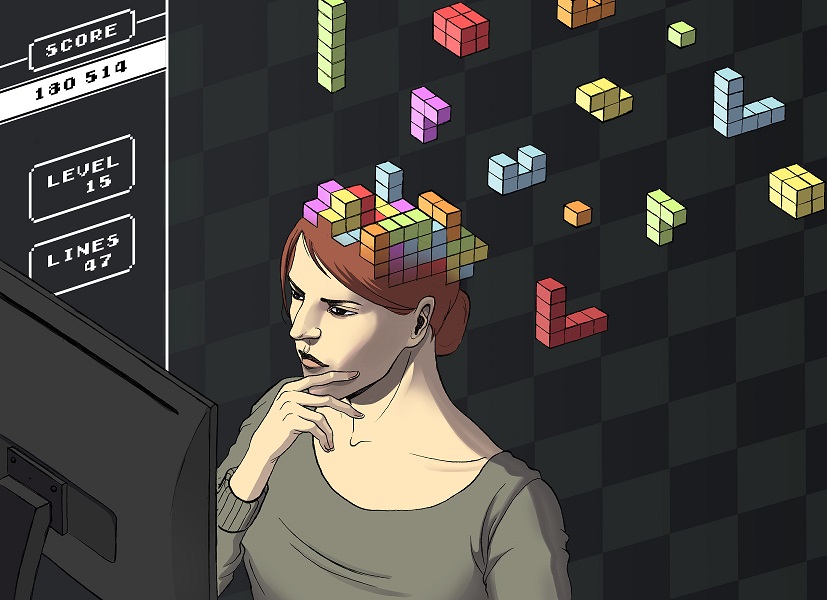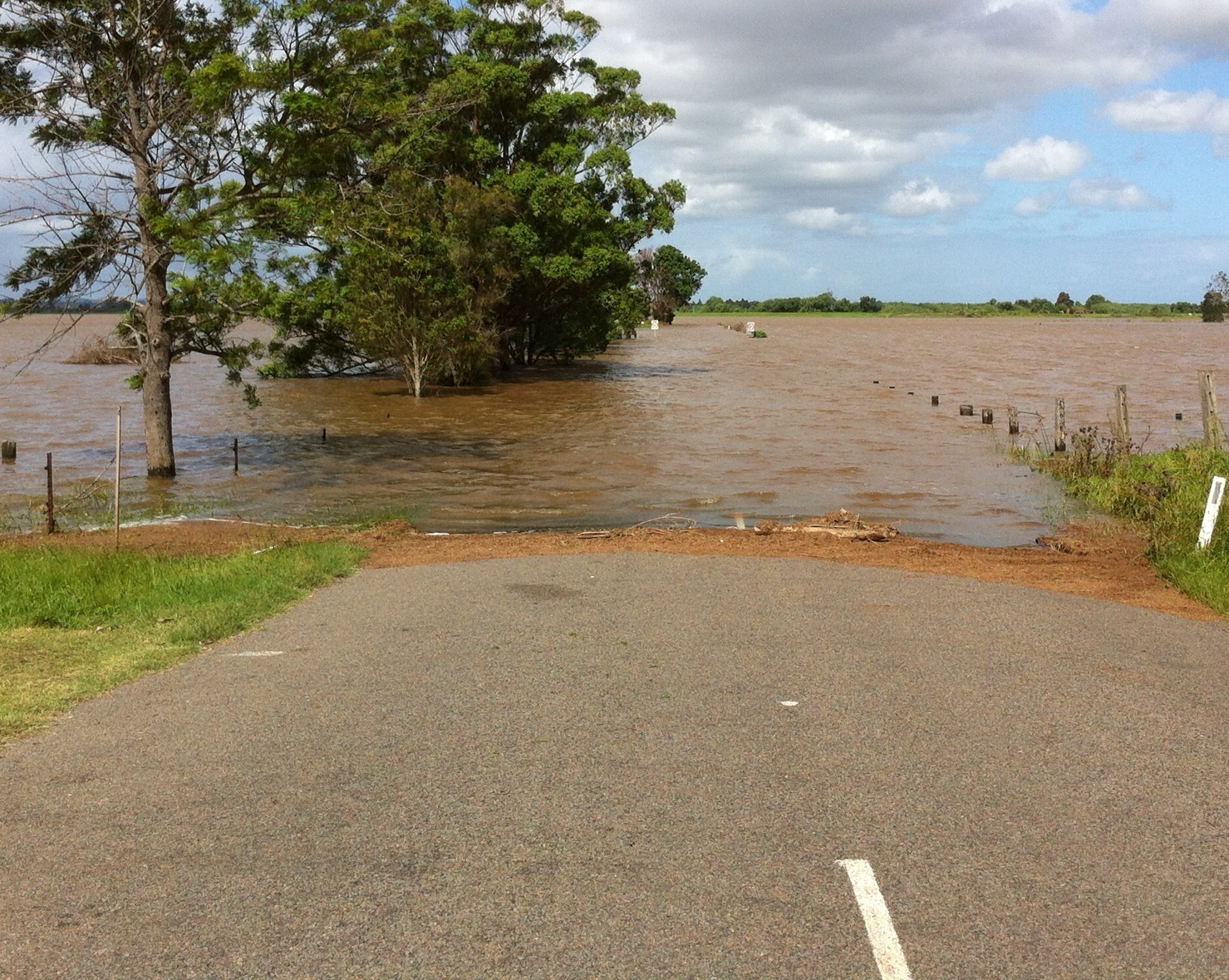Virtual reality improving the comfort of people with visual impairments
People suffering from glaucoma or retinitis pigmentosa develop increased sensitivity to light and gradually lose their peripheral vision. These two symptoms cause discomfort in everyday life and limit the social activity of the people affected. The AUREVI research project involving IMT Mines Alès aims to improve the quality of life of visually-impaired people with the help of a virtual reality headset.
Retinitis pigmentosa and glaucoma are degenerative diseases of the eye. While they have different causes, they result in similar symptoms: increased sensitivity to changes in light and gradual loss of peripheral vision. The AUREVI research project was launched in 2013 in order to help overcome these deficiencies. Over 6 years, the project has brought together researchers from IMT Mines Alès and Institut ARAMAV in Nîmes, which specializes in rehabilitation and physiotherapy for people with visual impairments. Together, the two centers are developing a virtual reality-based solution to improve the daily lives of patients with retinitis pigmentosa or glaucoma.
“For these patients, any light source can cause discomfort” explains Isabelle Marc, a researcher in image processing at IMT Mines Alès, working on the AUREVI project. A computer screen, for example, can dazzle them. When walking around outdoors, the changes in light between shady and bright areas, or even breaks in the clouds, can be violently dazzling. “For visually impaired people, it takes much longer for the eye to adjust to different levels of light than it does for healthy people” the researcher adds. “While it usually takes a few seconds before we can open our eyes after being dazzled or to be able to see better in a shady area, these patients need several tens of seconds, sometimes several minutes.”
Controlling light
With the help of a virtual reality headset, the AUREVI team offers greater control over light levels for visually impaired people with retinitis or glaucoma. Cameras display the image which would normally be seen by the eyes on the screens of the headset. When there is a sudden change in the light, image processing algorithms alter the brightness of the image in order to keep it constant in the patient’s eyes. For the researchers, the main difficulty with this tool is the delay. “We would like it to be effective in real time. We are aiming for the shortest delay between what appears on the screen of the headset and what the user really sees” says Isabelle Marc. The team is therefore using logarithmic cameras, which record HDR (High Dynamic Range) images directly, thus reducing the processing time.
The headset is designed to replace the dark glasses usually worn by people with this type of pathology. “It’s a pair of adaptive dark sunglasses. The shade varies pixel by pixel” Isabelle Marc explains. An advantage of this tool is that it can be calibrated to suit each patient. Depending on the stage of the retinitis or glaucoma, the level of sensitivity will be different. This can be accounted for in the way the images are processed. To do so, scientists have developed a specific test for evaluating the degree of light a person can bear. “This test could be used to configure the tool and adapt it optimally for each user” says the researcher.
The first clinical trials of the headset began on fifteen people in 2016. The initial goal was to measure the light levels considered as comfortable by each person, and to gather feedback on the comfort of the tool, before looking at evaluating the service provided to people with visual impairments. For this, the researchers create variations in the brightness of a screen for patients wearing a headset, who then give their feedback. Isabelle Marc reports that “the initial feedback from patients shows that they prefer the headset over other tools for controlling light levels”. However, the testers also commented on the bulk of the tool. “For now, we are working with the large headsets available on the market, which are not designed to be worn when you are walking around” the researcher concedes. “We are currently looking for industrial partners who could help us make the shift to a pre-series prototype more suitable for walking around with.”
Showing what patients can’t see
Being able to control light levels is a major improvement in terms of visual comfort for patients, but the researchers want to take things even further. The AUREVI project aims to compensate for another symptom caused by glaucoma and retinitis: loss of stereo vision. Patients gradually lose degrees in their visual field, reaching 2 or 3 degrees at around 60 years old, or even full blindness. Before this last stage comes an important step in the progression of the handicap, as Isabelle Marc describes: “Once the vision goes below 20 degrees of the visual field, the images in the eye no longer cross over, and the brain cannot reconstruct the 3D information.”
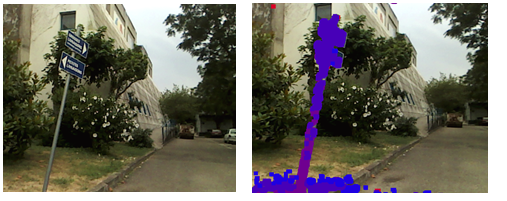
Using image processing techniques, the AUREVI project hopes to give people with visual impairments indications about nearby objects
Without stereoscopic vision, the patient can no longer perceive depth of field. One of the future steps of the project will be to incorporate a feature into the headset to compensate for this deficiency in three-dimensional vision. The researchers are working on methods for communicating information on depth. They are currently looking at the idea of displaying color codes. A close object would be colored red, for example, and a far object blue. As well as improving comfort, this feature would also provide greater safety. Patients suffering from an advanced stage of glaucoma or retinitis do not see objects above their head which could hurt them, nor do they see those at their feet which are a tripping hazard.
Losing information about their surroundings gives people with visual impairments the feeling of being in danger, which increases as the symptoms get worse. Combined with an increasing discomfort with changes in light levels, this fear can often lead to social exclusion. “Patients tend to go out less, especially outdoors” notes Isabelle Marc. “On a professional level, their refusal to participate in activities outside of work with their colleagues is often misunderstood. They may still have good sight for reading, for example, and so people with normal sight may have a hard time understanding their handicap. Therefore, their social circle gradually shrinks. The headset developed by the AUREVI project is an opportunity to improve social integration for people with visual impairments. For this reason, it receives financial support from several companies as part of their disabilities and diversity missions, in particular: Sopra Steria, Orano, Crédit Agricole and Thalès. The researchers rely on this aid for people with disabilities in developing their project.

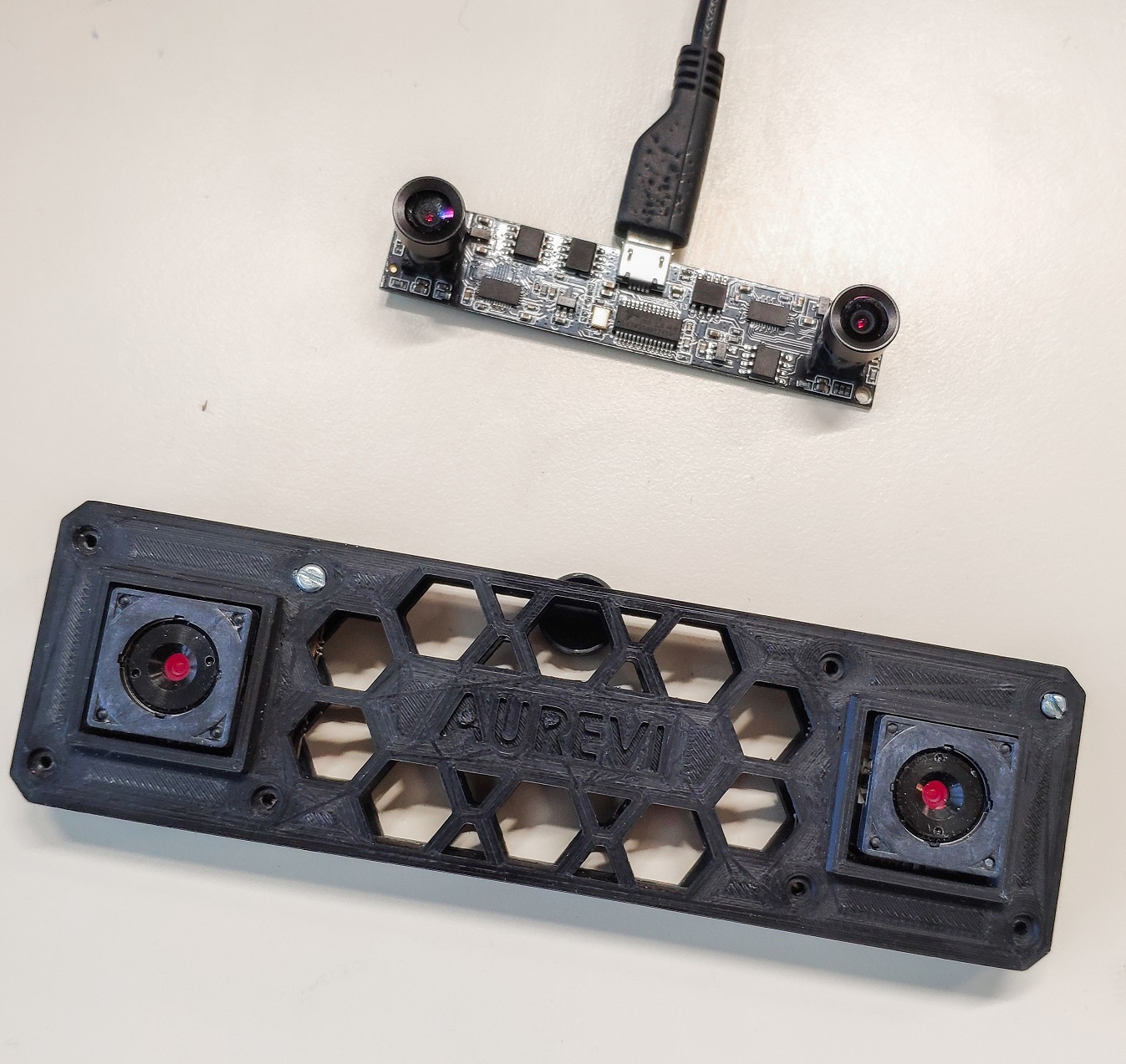



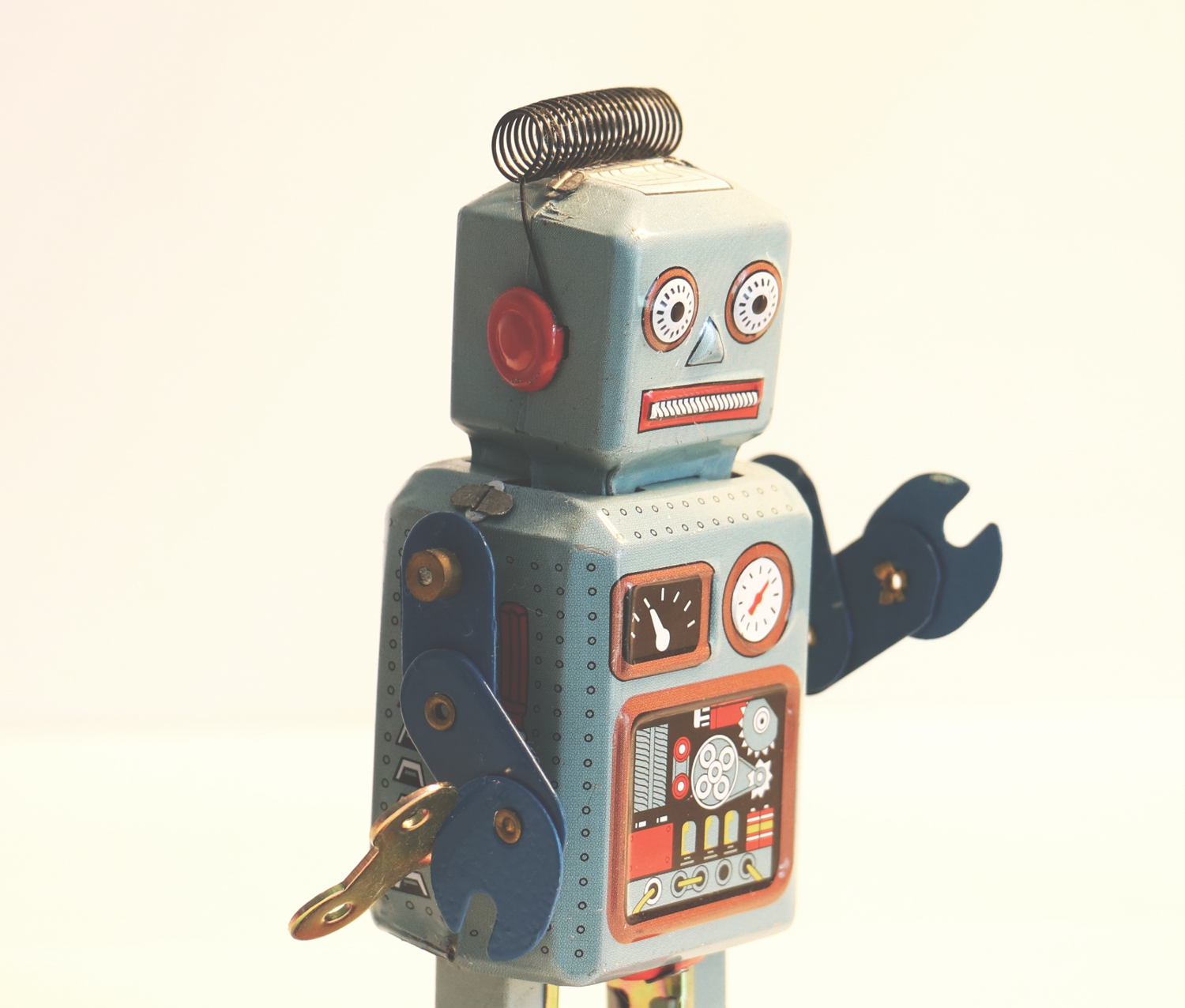




 Created in 2007 to help accelerate and share scientific knowledge on key societal issues, the Axa Research Fund has been supporting nearly 600 projects around the world conducted by researchers from 54 countries. To learn more, visit the site of the
Created in 2007 to help accelerate and share scientific knowledge on key societal issues, the Axa Research Fund has been supporting nearly 600 projects around the world conducted by researchers from 54 countries. To learn more, visit the site of the 